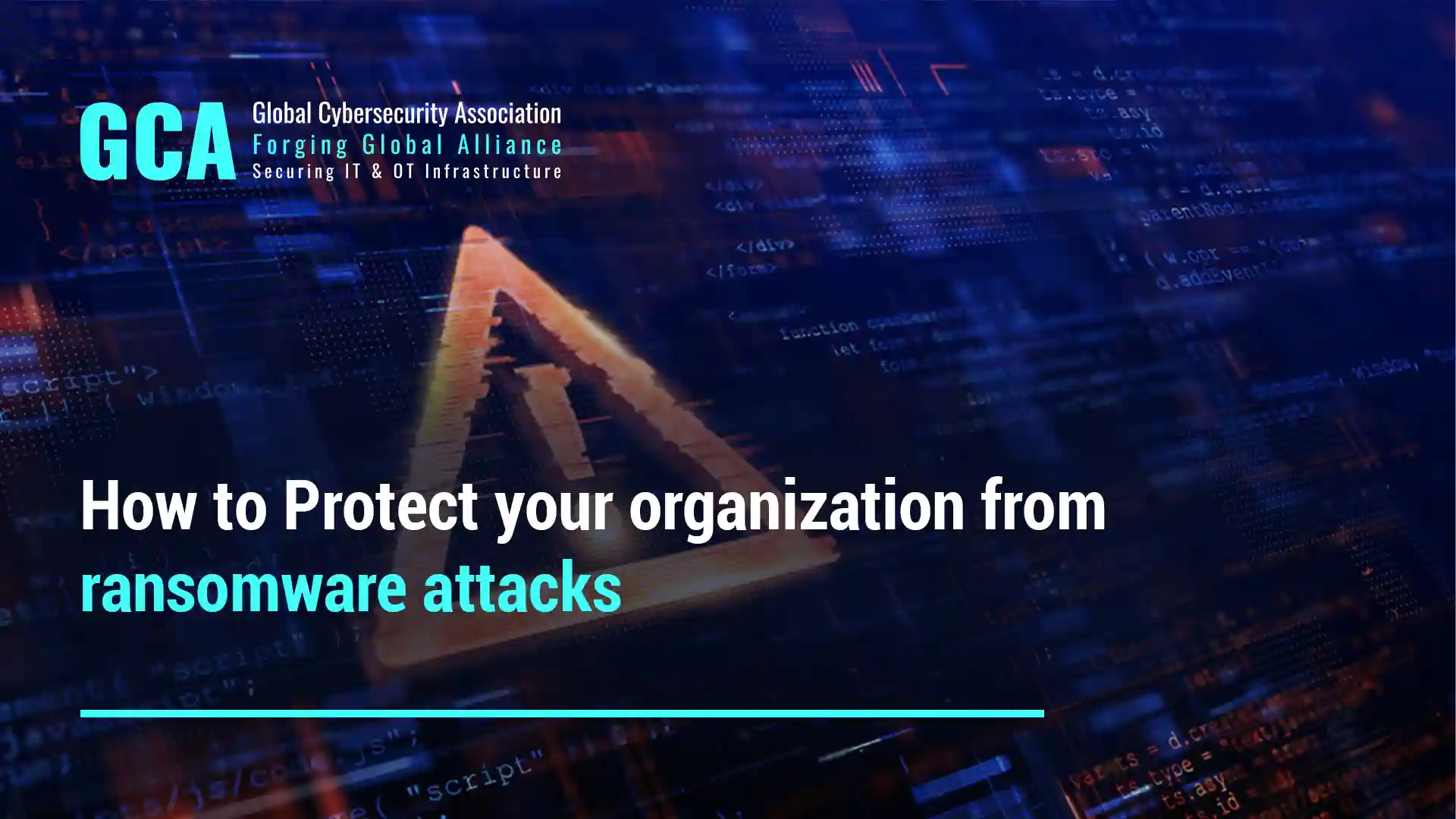Securing Your Organization Against Ransomware Threats
Protect your organization from ransomware attacks, the world has witnessed an alarming surge in ransomware attacks targeting organizations of all sizes and industries. These cyberattacks have become a significant concern for businesses, governments, and individuals alike.
The disruptive and devastating consequences of ransomware attacks have highlighted the urgent need for organizations to enhance their cybersecurity measures.
In this article, we will delve into the rising threat of ransomware attacks and provide valuable insights on how your organization can effectively protect itself.
Understanding Ransomware:
Ransomware is a form of malicious software designed to encrypt a victim’s files and demand a ransom payment in exchange for the decryption key. The attackers often employ sophisticated techniques to infiltrate networks, exploit vulnerabilities, and deceive unsuspecting users through phishing emails or malicious downloads. Once infected, organizations face the difficult decision of either paying the ransom or enduring potentially severe data loss, operational disruptions, financial penalties, and reputational damage.
The Escalating Impact:
The evolving nature of ransomware attacks has made them more potent and destructive than ever before. Attackers have shifted from targeting individual users to focusing on high-value targets, including corporations, government agencies, and critical infrastructure. The financial toll of these attacks has skyrocketed, with ransom demands reaching astronomical figures. Moreover, the collateral damage caused by data breaches, customer trust erosion, and regulatory repercussions can have far-reaching consequences for organizations.
Key Strategies for Ransomware Protection:
Educate and Train Employees:
Human error is often the weakest link in cybersecurity. Conduct regular training programs to educate employees about phishing techniques, safe browsing habits, and the importance of strong passwords. Encourage a culture of vigilance and empower employees to report suspicious activities promptly.
Implement Robust Security Measures:
Deploying effective security solutions is crucial to defending against ransomware attacks. This includes using up-to-date antivirus software, firewalls, and intrusion detection systems. Regularly patching and updating all software and operating systems is also vital to address known vulnerabilities.
Backup Data and Systems:
Maintain regular backups of critical data and systems. Ensure that the backups are stored securely and are not directly accessible from the main network. Regularly test the backups to verify their integrity and effectiveness in restoring data in case of an attack.
Enforce Principle of Least Privilege:
Restrict user access to only what is necessary for their roles. Implement strong authentication mechanisms such as two-factor authentication (2FA) and enforce the principle of least privilege to limit the potential impact of an attacker gaining unauthorized access.
Develop an Incident Response Plan:
Prepare a comprehensive incident response plan that outlines the steps to be taken in the event of a ransomware attack. This includes isolating infected systems, notifying appropriate authorities, engaging with cybersecurity experts, and communicating with stakeholders effectively.
Stay Updated and Engage in Threat Intelligence:
Monitor and analyze emerging ransomware trends, tactics, and vulnerabilities. Collaborate with trusted cybersecurity organizations, share threat intelligence, and stay informed about the latest security practices and technologies.
Conclusion:
As ransomware attacks continue to rise in scale and sophistication, organizations must proactively enhance their cybersecurity measures to safeguard their sensitive data, operations, and reputation.
By adopting a multi-layered approach that combines employee education, robust security measures, secure backups, and a well-defined incident response plan, organizations can significantly reduce their risk of falling victim to these damaging cyberattacks.
Remember, investing in proactive defenses today can save your organization from the potentially catastrophic consequences of a ransomware attack tomorrow. Stay vigilant, stay prepared, and stay safe in the ever-evolving cybersecurity landscape.
